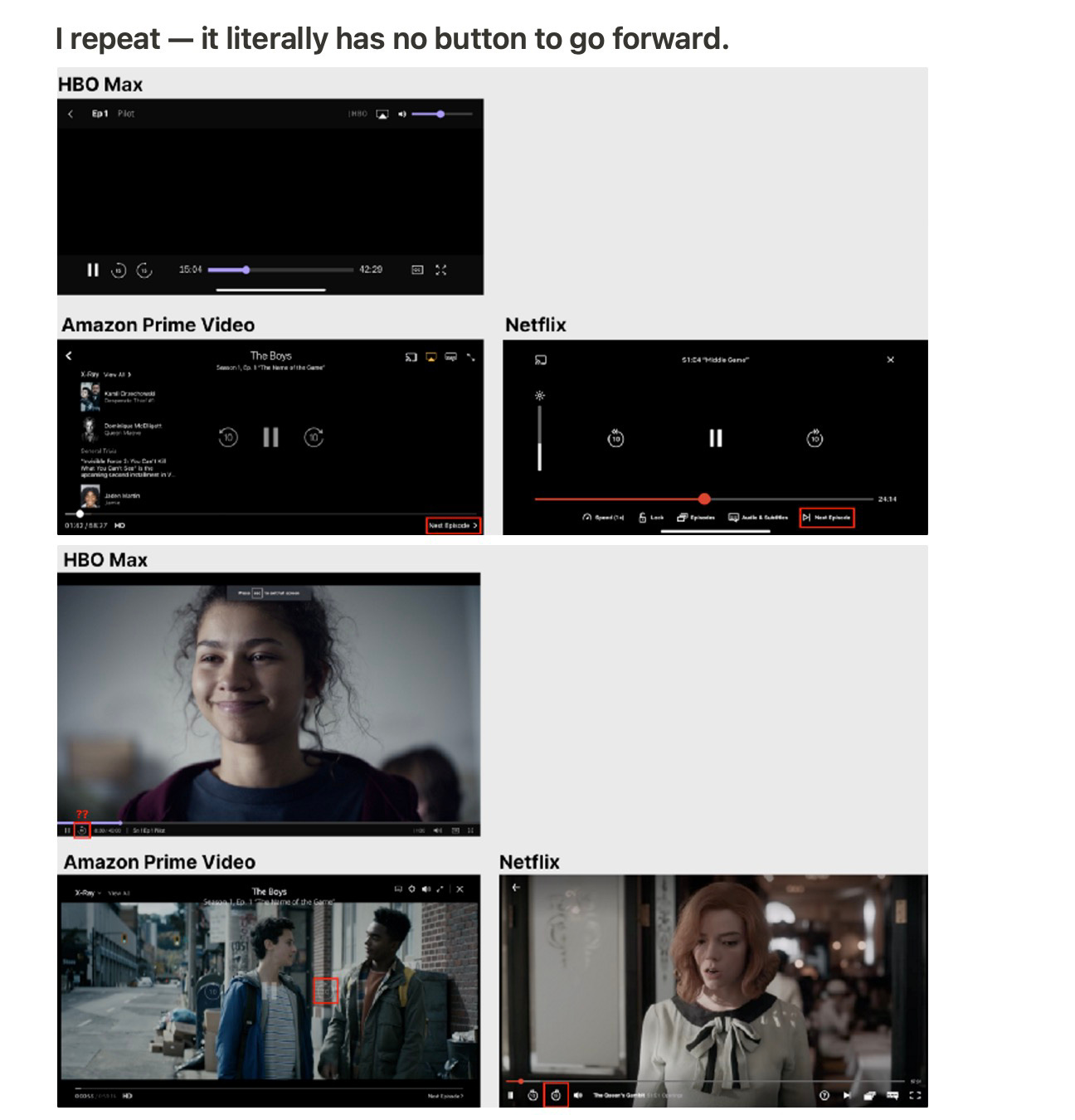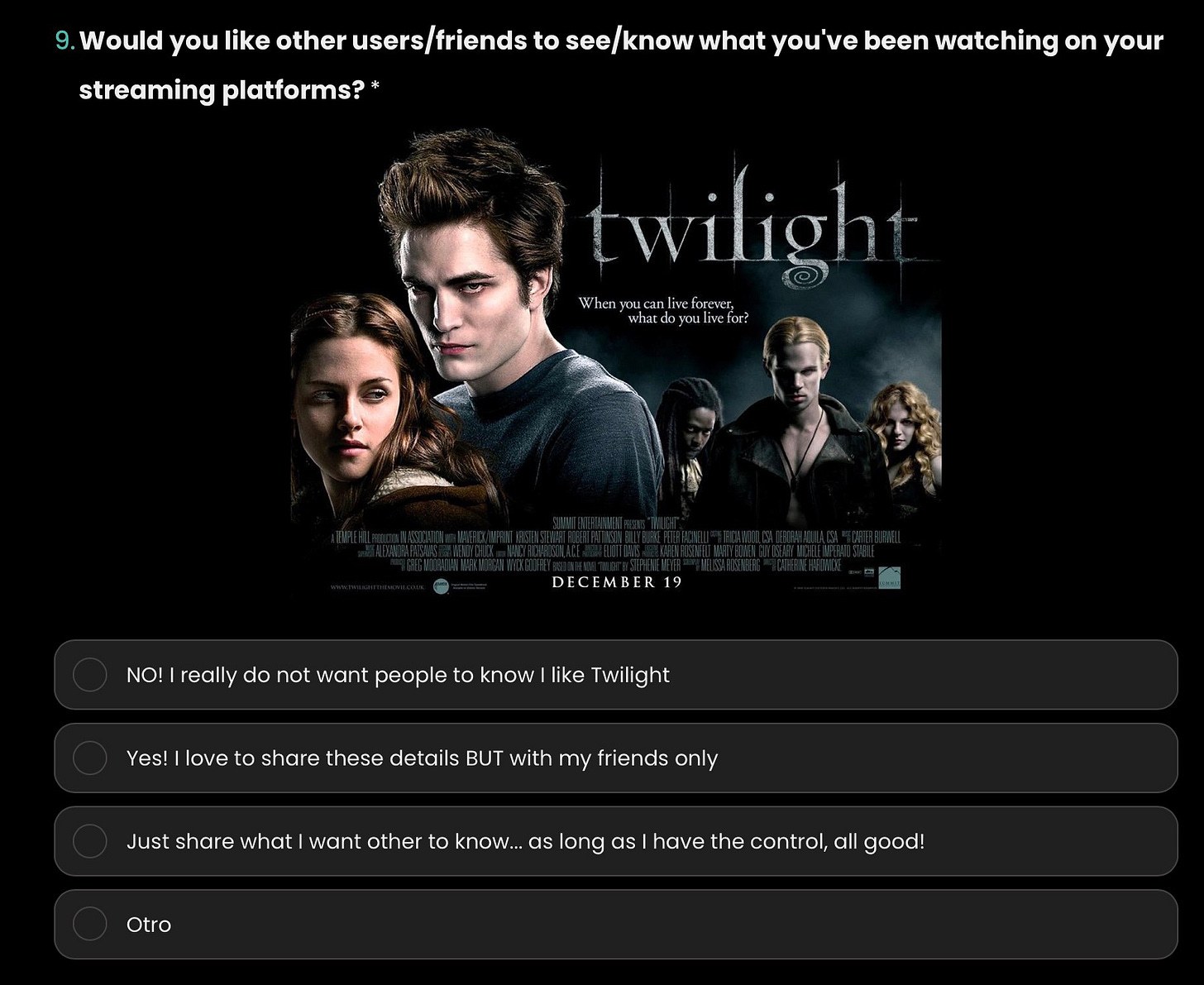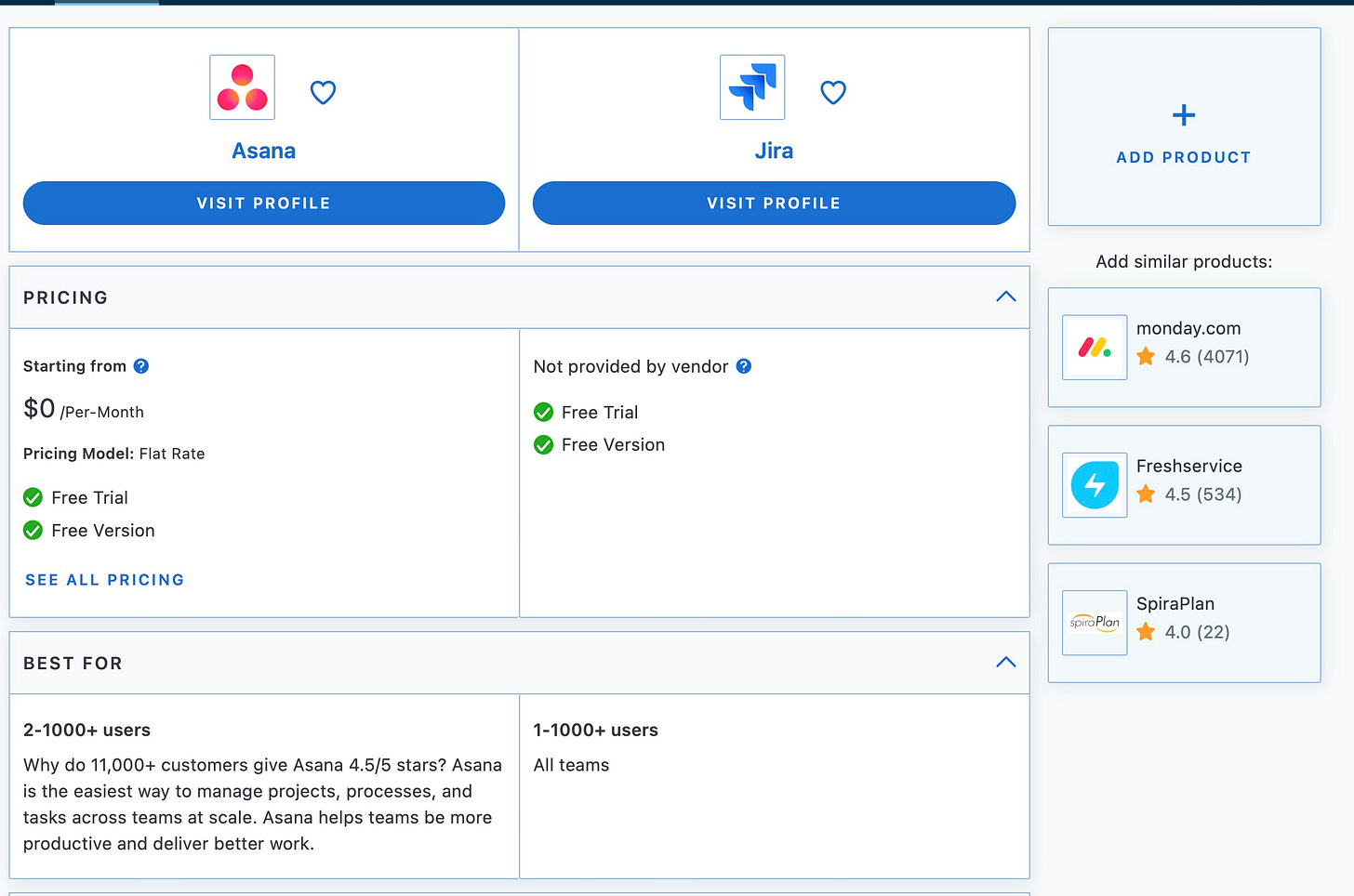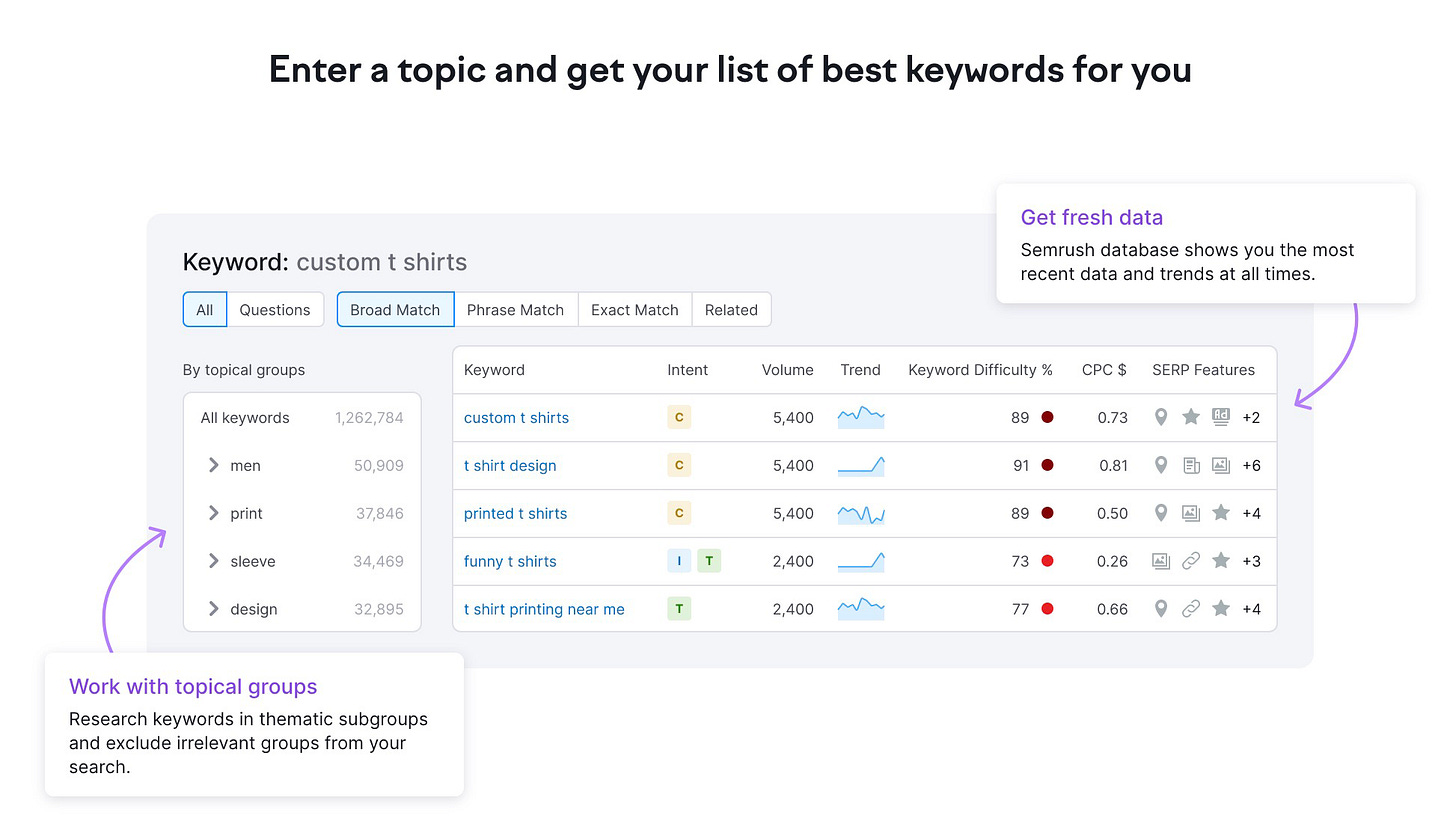Techniques and Tools for User Research
That brilliant and crazy idea that only lives in your head will remain just crazy until we validate it with users. We may be tempted to let intuition and creativity guide us, but truly, only data provides a real understanding of user needs and allows for the validation of business ideas. That's why user research has become a key component in the development of successful products and services like Airbnb and Spotify.
User research is a continuous and iterative process. However, the techniques vary depending on the stage of the product (idea, market fit, continuous improvement), and there is no fixed way of doing it. In this article, I will share techniques that have served me in my experience within a specific context.
Before we begin... What's the Plan?
Any effort will be in vain if it's not clearly directed. Initially, we need to define our problem statement, which will allow us to formulate a hypothesis and determine the objective of our research. Based on that, we can choose the techniques to answer our research questions. Once this is decided, let's dive into the techniques.
Social Media, our infinite source:
When I approached the design research for a streaming platform, I wasn't a consumer of any content or a user of any platform. So, one of the first things that came to my mind to learn more -aside from trying it out myself- was to check social media for user comments. Considering the global reach and impact of these platforms, this approach allowed me to connect with global opinions.
Among the things that impressed me the most was finding complete posts from users describing in detail why they loved or hated a particular service. I came across users comparing different platforms. Honestly, it was a goldmine for my understanding. And beyond that, I was right in front of the person I needed to listen to—a real user who was genuinely involved.
Some evidence founded on social media. A user decide to compare the ussage of the forward button y several plataforms.
Essentially, it involves conducting advanced searches on social media platforms (Twitter and Reddit are my favorites for this) to gather and categorize the most frequent opinions. This technique can be used both in researching a product that will compete in the same field and in the continuous improvement of an existing project. Monitoring social media is an easy and cost-effective way to collect data as it doesn't involve any additional expenses.
I invite you to see my wall of laments, where I stored everything I found.
Surveys
One of my favorite methods as it allows for quantitative measurement, enabling us to infer trends, behavior patterns, segment, and establish correlations. Since it is a well-explained method, I won't go into detail here, but I'll provide you with some tips:
Aim for the target: Having people participate who are not within the study's scope can skew the results. It's essential to always invite participants by clearly stating who the survey is intended for. For example: “Are you a die-hard movie lover? This survey is for you! “
Impartial but not monotonous: Formulate questions neutrally, but if they are too robotic, people may not connect with them and might not complete the survey. Incorporate the use of images, metaphors, jokes, and relatable language (where the context allows) to engage with the respondents.
Carefully consider each question: Behind each question, there may be more than one intention. Formulate the survey while considering all possible correlations that may arise.
Here's an example survey:
C’mon, It’s not necessary about twilight, the really intention behind the question if you feel confortable to share the content you watch, incluiding that thing that everybody hate but you like on secret
You can see the complete survey here on English and Spanish.
Benchmarking
Is used in various fields and contexts. However, in product design, I prefer to focus primarily on the business aspect. It allows us to understand our competition, the market share they cover, their business model, as well as their strengths and opportunities (for us). A widely used tool for this is Capterra, but also you can find sourceforge, g2. By specifying the companies to compare, we can analyze all the information it provides.
A comparison on Capterra. You can find information features, reviews, support, pricing in just one click.
This method is especially useful when we want to compete with an established product. This in nice, considering we are moving away from having products for everyone and transitioning to products for specific user segments.
Semrush: Magic tool
This one is new to me, and I want to share it with you. Simon Jalbert
explains the process in his video about ideation, but basically, what he does is validate whether people are actually discussing that problem.
It’s a big solution with a lot of features. Deserves to be explored.
However, sometimes people request things that don't yet exist. So, you can create an integration for an existing product or develop a new and improved brand. I liked it because it's like an X-ray of the internet, showing volumes, keywords, and a lot of data.
Conclusion
User research is perhaps one of the most intriguing aspects of design. It requires a scientific approach to process information while also being human and connecting with users, free from our biases and ego.
In the context of product design, experiences, and services, I believe not all innovation is about unique and original creation, but rather about improving processes, discovering new ways to approach things, and bridging the gap between what exists and what is yet to be. It is in this space that more ideas are born and die.
So, wich tecniques do you use frequently? Or how do you conect with the insights? Would love to hear your own experiences😊






